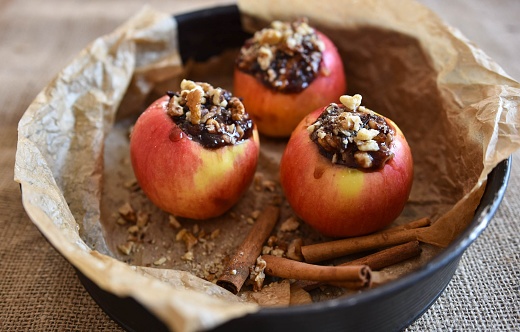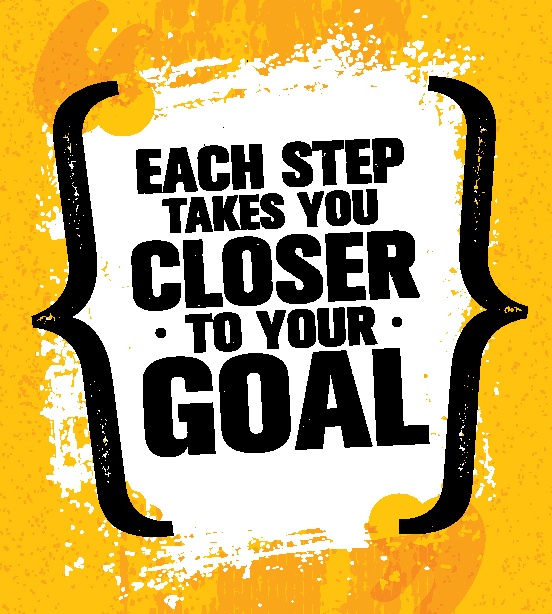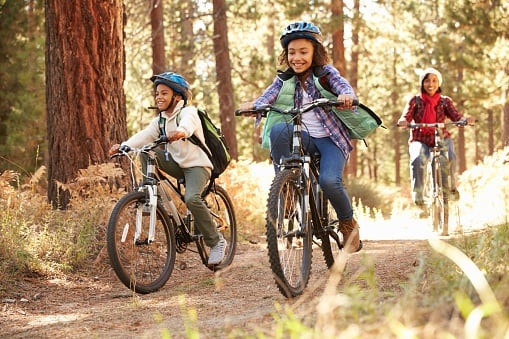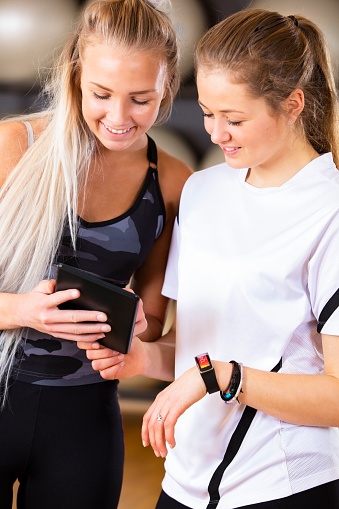 Matthew Walker, the director of the Center for Human Sleep Science at the University of California, Berkeley, has made it his career goal to reinforce the fact that 20 large-scale epidemiological studies have all reported the same relationship: the shorter your sleep, the shorter your life. Today, one in three Americans can be categorized as sleep deprived.
Matthew Walker, the director of the Center for Human Sleep Science at the University of California, Berkeley, has made it his career goal to reinforce the fact that 20 large-scale epidemiological studies have all reported the same relationship: the shorter your sleep, the shorter your life. Today, one in three Americans can be categorized as sleep deprived.
The Effects of Sleep Deprivation
As defined by the Centers for Disease Control and Prevention, sleep deprivation is a condition that occurs if you don't get enough sleep. Not only does a shortage of sleep affect your productivity, but on less than seven hours of sleep, your body's natural killer cells work less effectively. Walker notes that between 1950 and 2017, the US obesity rate has risen from 13% to the likes of 35%.
“Sleep is the single most effective thing you can do to reset your brain and body.”
—Dr. Matthew Walker, U.C., Berkeley
As obesity in America has steadily risen, the amount of sleep individuals are accumulating per night has decreased—almost two and a half hours, to be exact. Not only is sleep deprivation being glorified as an accomplishment in today’s society, extensive research has concluded that sleep deprivation puts unnecessary stress on the human body, including weight gain. Chronic sleep deprivation has been linked to an increase in heart disease, heart attack, heart failure, irregular heartbeat, high blood pressure, stroke, and diabetes.
The National Sleep Foundation (NSF) outlines that both young adults (ages 18–25) and adults (ages 26–64) should aim for 7–9 hours per night consistently. Sounds easy, right? With the prevalence of social media alongside TV and cell phone usage at night, however, most Americans fall short.
Five Tips for Overcoming Insomnia
Here are some tips from the NSF to help you capture the ZZZs and start sawing logs in no time.
- Stick to a sleep schedule of the same bedtime and wakeup time, even on the weekends. This helps regulate your body clock and could help you fall asleep and stay asleep for the night.
- Practice a relaxing bedtime ritual. A relaxing, routine activity right before bedtime conducted away from bright lights helps separate your sleep time from activities that can cause excitement, stress, or anxiety, which can make it more difficult to fall asleep, get sound and deep sleep, or remain asleep.
- Exercise daily. Vigorous exercise is best, but even light exercise is better than no activity. Exercise at any time of day, but not at the expense of your sleep.
- Evaluate your room. Your bedroom should be cool—between 60 and 67 degrees. Check your room for noises or other distractions. Consider using blackout curtains, eye shades, earplugs, “white-noise" machines, humidifiers, fans, and other devices.
- If you can't sleep, go into another room and do something relaxing until you feel tired. It is best to take work materials, computers, and televisions out of the sleeping environment. If you associate a particular activity or item with anxiety about sleeping, omit it from your bedtime routine.
If you’re still having trouble sleeping after following the above tips, don’t hesitate to speak with your doctor or to find a sleep professional in your area. Check out the following resources for more information.
This blog was written by Ellyn Grant, Healthy Lifestyle Coordinator. To read more about the NIFS bloggers, click here.


 This is definitely my favorite time of year: football, cooler weather, and the return of all things apple and pumpkin. Not only are they chock-full of vitamins and other healthy goodness, but they are also delicious!
This is definitely my favorite time of year: football, cooler weather, and the return of all things apple and pumpkin. Not only are they chock-full of vitamins and other healthy goodness, but they are also delicious! In my previous post,
In my previous post,  Who doesn’t like to get their groove on when the hottest new song comes on? I would not put myself into the category of a “big dancer,” or in fact a dancer at all, but from time to time when a good jam comes on the radio, I am guilty of pulling out my car dance moves.
Who doesn’t like to get their groove on when the hottest new song comes on? I would not put myself into the category of a “big dancer,” or in fact a dancer at all, but from time to time when a good jam comes on the radio, I am guilty of pulling out my car dance moves. Some people in this world are really good at staying committed to something they have started, but there are many others who struggle with meeting a goal or expectation that they have set for themselves, then actually following through with it to completion. It can be a challenge to hit those markers if you cannot seem to stay committed to something, which in turn leads to discouragement, a sense of failure, and feeling defeated.
Some people in this world are really good at staying committed to something they have started, but there are many others who struggle with meeting a goal or expectation that they have set for themselves, then actually following through with it to completion. It can be a challenge to hit those markers if you cannot seem to stay committed to something, which in turn leads to discouragement, a sense of failure, and feeling defeated. If you are one of the athletes who want to throw their hat into the ring, I want to give you three key principles that will help you be the best you can be on event day for each of the three lifts. Those lifts, of course, are the squat, bench, and deadlift. Today we will focus on the squat. We will get to the other two soon, so keep an eye on the
If you are one of the athletes who want to throw their hat into the ring, I want to give you three key principles that will help you be the best you can be on event day for each of the three lifts. Those lifts, of course, are the squat, bench, and deadlift. Today we will focus on the squat. We will get to the other two soon, so keep an eye on the  In Indiana, we experience all four seasons (sometimes all in the same day!). Your outdoor training and exercise regimen can be effected significantly by the season. While summer can be a fun, exciting time, exercising outdoors can be daunting and somewhat risky. While making sure you have
In Indiana, we experience all four seasons (sometimes all in the same day!). Your outdoor training and exercise regimen can be effected significantly by the season. While summer can be a fun, exciting time, exercising outdoors can be daunting and somewhat risky. While making sure you have  The Benefits of Logging and Tracking
The Benefits of Logging and Tracking